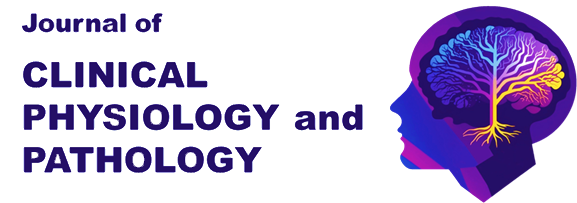Authors:
For citation:
Abstract:
Introduction. After emerging from coma, patients with severe brain damage often fall into statesof chronic impaired consciousness (CIC) for an indefinite period. An increasement of these patients causes significant social and economic problems. The current strategy of therapy in patients with CIC mainly consists of maintaining vital organs functioning, infection control and nutritional support. To date, there is no sufficient deep understanding of consciousness restoring processes after emerging from coma. Studies of the brain thermal balance in patients with CIC have demonstrated extreme violations of thermal regulation, in particular, the absence of circadian rhythms of body and brain temperature. Development of methods for correcting circadian rhythm disorders may become a key approach aimed at increasing the level of consciousness in these patients.
Purpose of the study. To evaluate the influence of selective craniocerebral hypothermia (SCCH) on cerebral temperature circadian rhythms and heterogeneity, as well as the processes of restoring level of consciousness in patients with CIC.
Materials and methods. 31 patients with CIC were included. All patients underwent the assessment of consciousness and a 2-day circadian rhythms’ registration. Patients with impaired cerebral temperature circadian rhythms were randomized into 2 groups: main and control groups. Patients of the main group underwent 10 sessions of SCCH daily in addition to the basic pharmacotherapy and rehabilitation, compared to the control group. After 14 days, results were re-evaluated.
Results. Measurements of the cerebral cortex temperature showed statistically indifferent values in the Left hemisphere (LH) and the Right Hemisphere (RH) in both groups. Correlation analysis revealed presence of strong positive bonds between symmetrical areas of the LH and RH. The represented averaged data indicate that patients in VS, who underwent the course of SCCH, reached the level of «MCS-minus», whereas dynamics in the comparison group was less significant. On the 14th day increasement of the cerebral cortex temperature heterogeneity was seen in patients with VS and MCS in comparison before the course of hypothermia. The correlation coefficients variations expanded, a tendency to normalize circadian rhythms compared were seen compared to the control group where changes in circadian rhythms and cerebral temperature heterogeneity were insignificant. Conclusion. Temperature fluctuations lead to Cold Shock Proteins (CSPs) and Hot Shock Proteins (HSPs) production, which are reasonably attributed to stress proteins carrying high neuroprotective potential. Course of daily SCCH sessions, lowers temperature of the brain by 2.5-3.1° C, stimulates accumulation of stress proteins, which can positively affect the processes of restoring consciousness. In this pilot study it was possible to identify a trend justifying the use of low–molecular technologies to correct circadian rhythm disorders.
Keywords:
